Have you heard of no-dig gardening but what to know more? Discover our Ultimate Guide on what is ‘No-Dig’ Gardening:
What is no-dig gardening?
No-dig gardening is an organic gardening practice that creates an effective and efficient garden. This method of gardening removes the need to dig or disturb the soil, which as a result improves the microbiology of the soil.
This will not only save energy but time too, leaving you to focus on the more exciting and creative elements involved in your garden. What’s more, your plots and flower boarders can flourish with mixed plants that are free of pesky weeds.
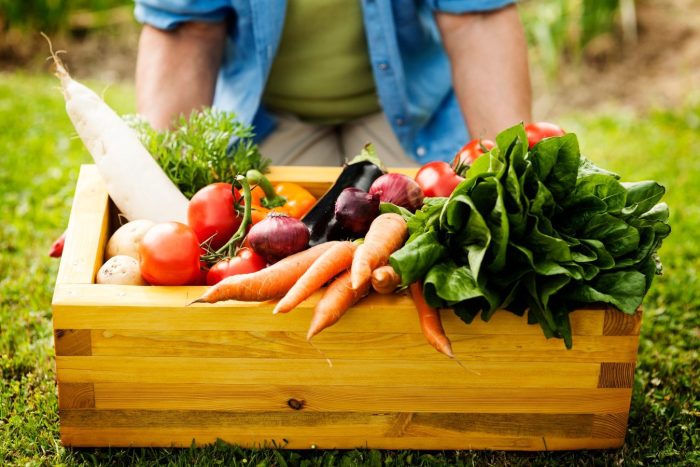
The Soil Ecosystem
Soil contains beneficial organisms and microbes which provide plants with moisture and nutrients. Soil disruption causes weed growth due to the soil needing to recover. Without digging, the need for soil to recover is reduced. This noticeably decreases weed growth.
Aeration in soil is imperative for an effective soil structure. It allows for air to circulate the soil, creates root pathways and improves drainage. Aeration is decreased when soil is compacted. Digging and disturbing the existing soil structure doesn’t create aeration. The soil can become compact, as the complex, interconnected soil structure has been broken.
The organisms found in soil spend their time hunting for organic matter towards the surface, then digesting and excreting it into the soil. This means that the organic matter does not need to be incorporated in the soil, simply placed on top.
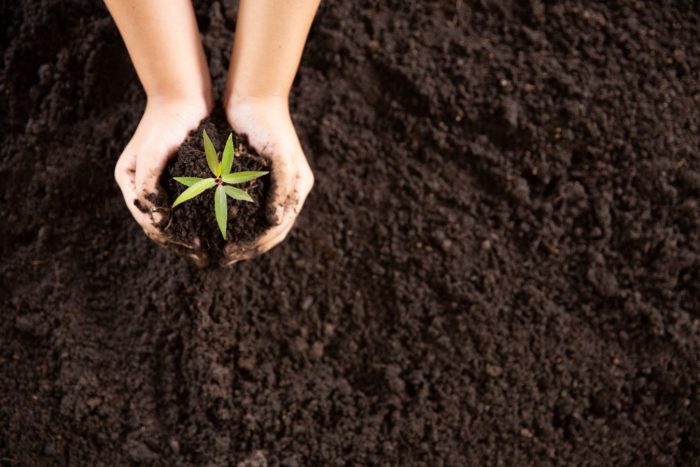
What are the benefits?
– Soil structure improves over time, even in harder soils
– Soil ecosystem thrives
– The soil temperature increases, which means that earthworms become more active
– Soil fertility is higher
– The soil can retain moisture better
– Removes a strenuous gardening task
– May increase crop yield
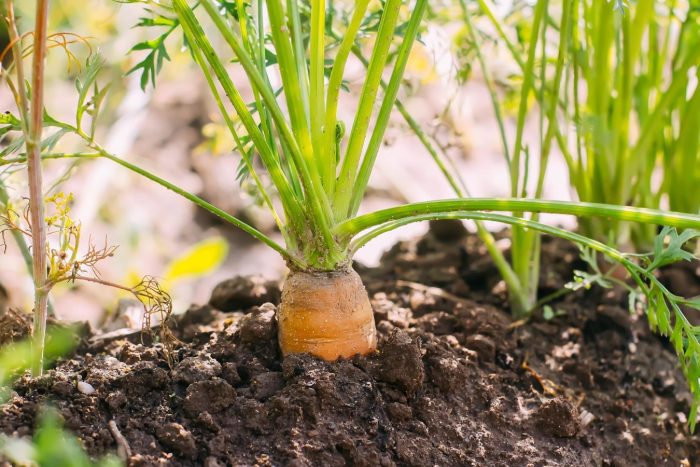
Begin by picking a plot that you wish to use for this practice. Using a plot that is small and narrow is great as it is manageable. Any kind of weight on the soil could compact it, which could reduce the aeration in the soil. With a narrow plot there should be no need to stand on it.
Without digging or tilling, place a layer of mulch (4-6 inches or 10- 15cm) over the plot. This will protect the soil underneath whilst removing the weeds light source, consequently suffocating the weeds. The mulch acts as a source of nutrients that worms digest and excrete, which enriches the soil.
Providing it is the right time of year, sowing can begin immediately after the organic matter is laid. Before doing so, make sure the organic matter is a fine, crumbly texture. Use a rake if needed. This will ensure the success of your seeds. The seeds can germinate in the mulch and take root in the soil below. With an increase in soil temperature, better germination should take place.
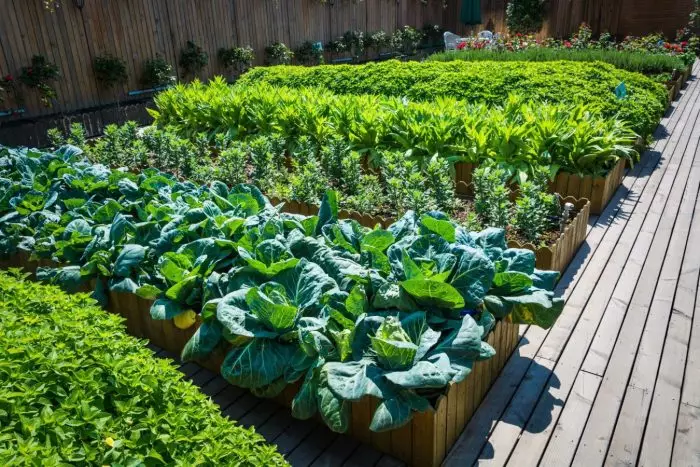
Due to a very small amount soil preparation needed at any stage of this practice, you can very quickly clear your recent harvest and replace with new plants. Depending on the crops grown, it is possible to plant and harvest 3 crops a year in one bed.
With no dig it is possible to do close planting and inter-planting, as it rare for weeds to grow around them. In plots riddled with weeds, close planting is not an option as it can be very difficult to try and remove them.
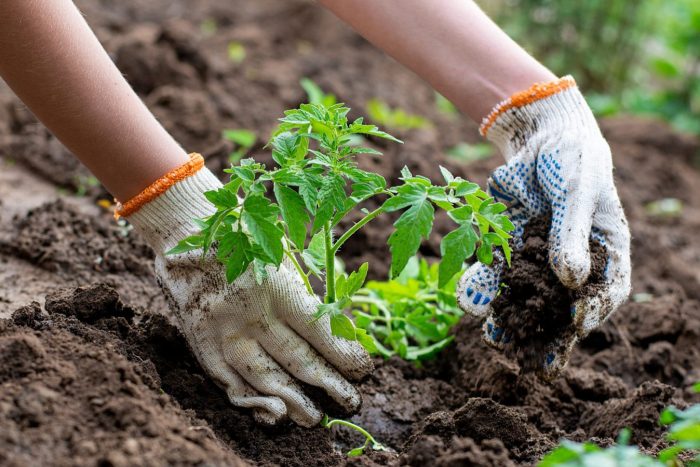
Weeds
It is important to note that this method does not eradicate weeds, it significantly reduces them. Any weeds that begin to grow through the mulch should be removed whilst young, either by hand or trowel. It is a little and often approach. By pulling the weeds out, the parent root will not be removed but it will be weakened before it eventually dies.
Perennial weeds can be slightly harder to remove. For weeds such as these, place cardboard over the top of plot for 2-3 months, up to 6 months depending on the time of year.
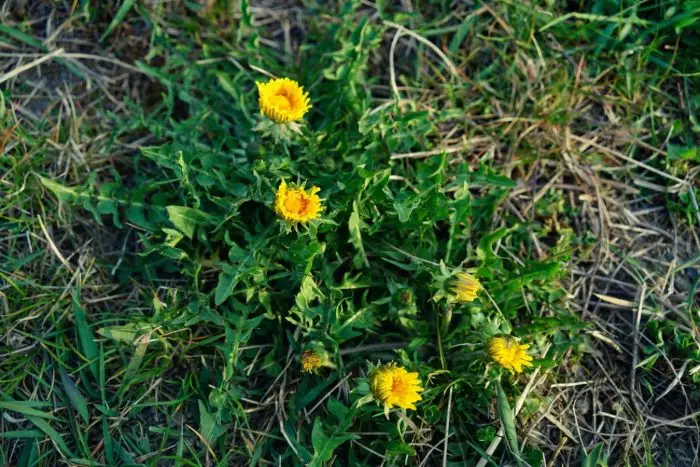
Alternatively use a black polythene sheet, this material is something that worms love working underneath and is another great material that will help deprive weeds of light. Place a small amount of organic matter underneath (around 2 inches) so nutrients are still pulled down into the soil.
Once the polythene sheet has been placed, allow enough time to kill off the main part of the weed growth before planting. To grow crops while the polythene is down, place holes in the sheet while planting. Dig a little hole with a trowel into the mulch, add a young, establishing plant and a small amount of water. The dead weed root channels are perfect for your new plants to grow their roots.
Weeds such as brambles, unfortunately, do need to be removed before mulching as they will quickly make their way up to reach the light. To remove these, use a sharp spade. Don’t worry about any small roots that are left behind if the bulk of the weed has been removed.
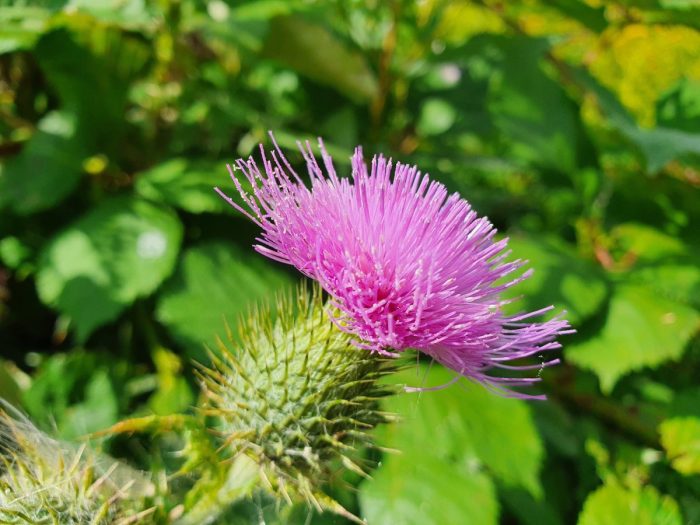
Types of Mulch
Consider a mulch that is local to you, that is easy to get access too.
– Compost: one of the most common sources that is easily accessible.
–Manure: ensure that it is well rotted. Old manure (at least one-year-old) is compost, fresh manure is not.
– Autumn leaves or leaf mould: perfect for late autumn maintenance, well decomposed. Tree leaves can take up to 2 years to compost.
– Straw: something that you may have in abundance in your area. It is important for straw to be decomposed as it can be a great hiding place for slugs.
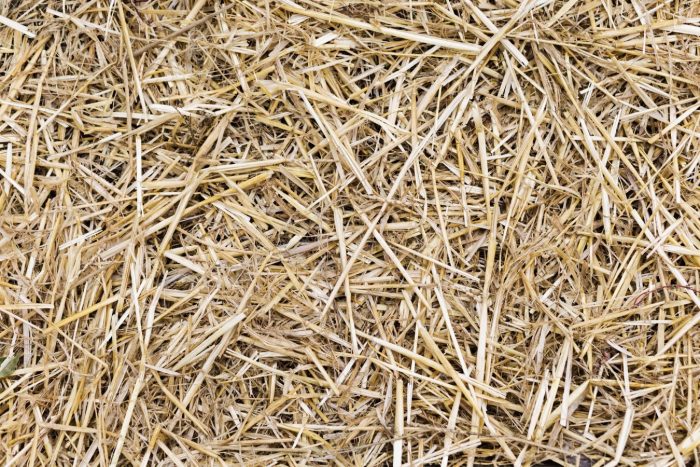
Well Known No-Dig Gardeners
The most well-known person that has adopted this gardening technique is Charles Dowding, who has been practising since 2003. With 9 books, articles in national and international magazines and appearances on tv and radio, he is somewhat of an expert. He describes composting as a soil activator rather than a fertiliser and has results speak for themselves.
Visit Charles Dowding’s website to find out more about the no-dig method and get inspired.
Why not compliment your organic gardening method with an organic fertiliser? Our Envii SeaFeed Xtra was highly commended by Charles Dowding as Judge of the Best Organic Veg Growing Product category at the 2019 Grow Your Own Awards.
No-dig gardening is a time saving (and no more back-breaking) method that is the way forward when it comes to growing. With fewer weeds and enriched, aerated soil, your garden can thrive with constant crop rotation.
Why not use a no-dig soil fertility activator to kickstart your no-dig beds?

 Call us on 01246 240880
Call us on 01246 240880 Sign-up and receive 10% off
Sign-up and receive 10% off